Growth Marketing Teams 101: Why Your Business Needs a One Right Now
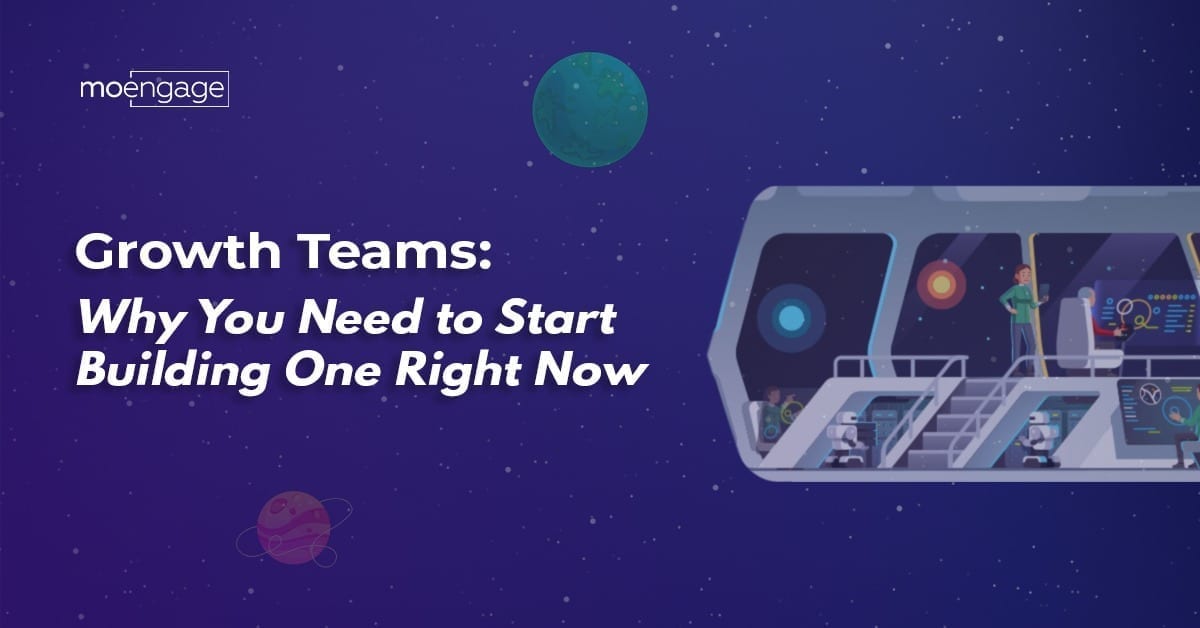
Reading Time: 4 minutes
Do you know what is common to the poster childs of customer-centricity such as Uber, Google, Facebook and other unicorns? All of them have user-focused teams driving their growth strategies. Growth teams are not a new gimmick. Industry giants have successfully put them into practice for years and validated their usefulness like never before.
|
Think you’re aware of all Growth Strategy principles? Take this interactive quiz below
|
So, what exactly is a growth team?
Growth teams, as the name suggests, focus on growing the business as quickly as possible. What sets them apart from other teams in an organization is that they are cross-functional. Organizations that boast successful growth mindset teams combine the expertise of multiple disciplines into a single unit dedicated to achieving exponential growth. Such a team has members from sales, marketing, product development, engineering and even research and analytics.
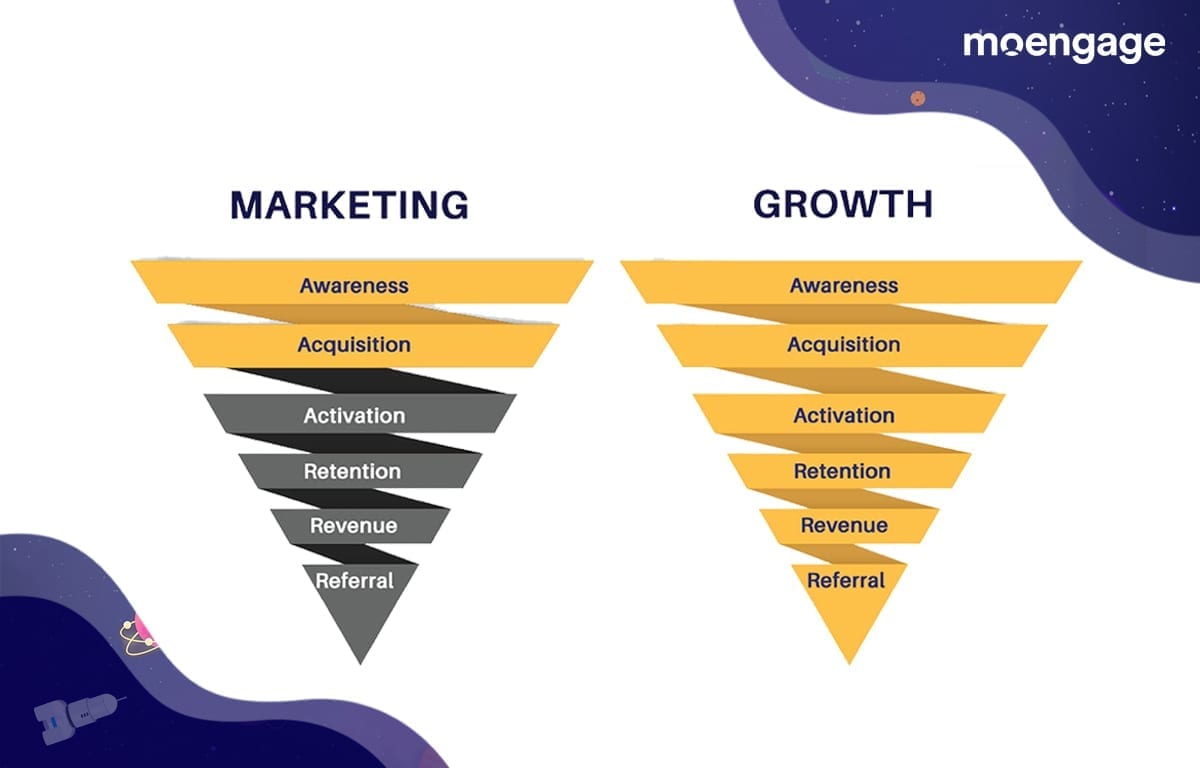
By virtue of them being multidisciplinary and collaborative, growth teams have the potential to recognize and improve performance across the funnel. And they constantly use this potential to achieve a single, unrelenting target – providing creative solutions that deliver rapid growth through all-round product improvement.
What do growth teams do?
In start ups, it is common to see almost all employees chasing growth targets no matter what their role or function. Growth teams fuel this constant action by bringing in much-needed focus. They ensure that despite their obsession with growth, organizations continue to drive constant product improvements. Even large organizations such as Facebook, recognize that product improvements are what ultimately lead to user acquisition and retention.
To achieve their goal of delivering rapid growth, growth mindset teams undertake a number of activities in a step-by-step manner.
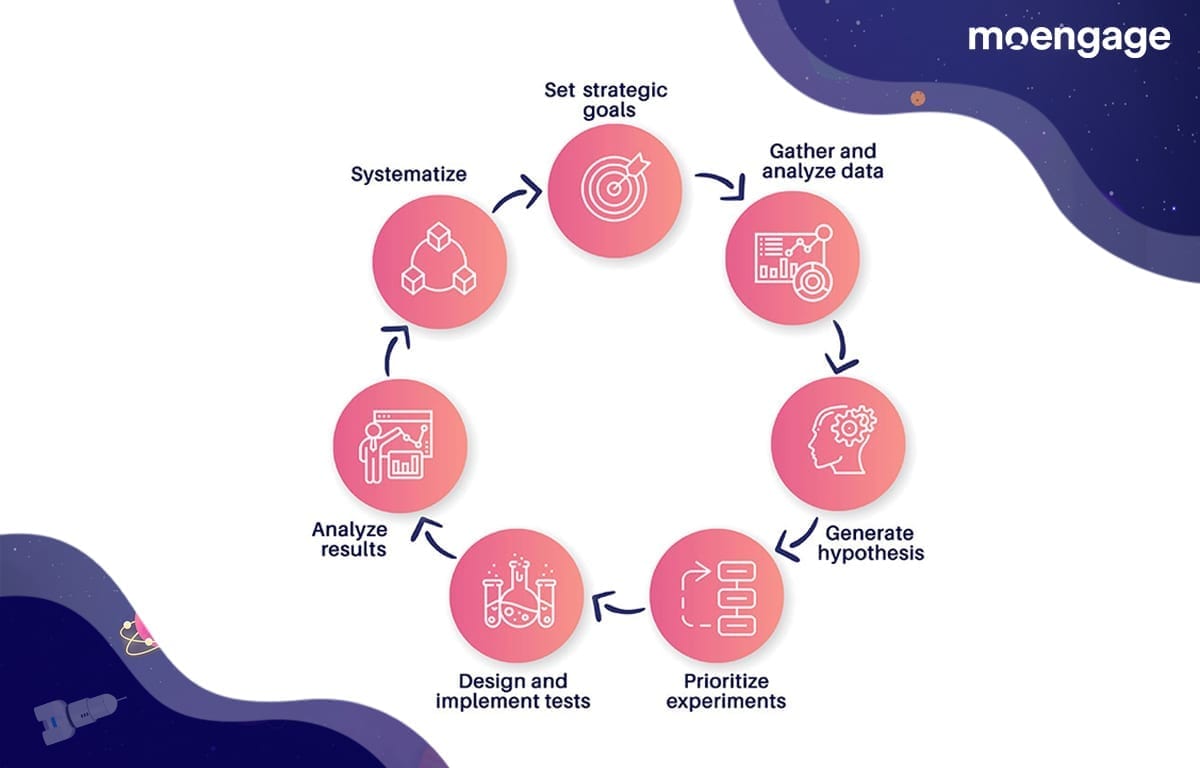
- Set strategic goals – The first step for any team that wants to succeed in its endeavours is to set goals. Growth teams are no different in this respect. Goals are milestones through which these teams assess their progress.
- Analyze data, generate hypotheses and create growth experiments – Growth teams base their actions on data. Once they have set goals, they go about gathering and analyzing all the data relevant to the product, customer and business operations. They generate hypotheses about factors that can be tweaked to maximize growth and create experiments to test their hypotheses.
- Rapidly test new concepts and tactics, in order to effectively adapt to changing market realities – Armed with a bunch of valid hypotheses, growth teams test their ideas in the market to refine and adapt them to changing realities.
- Provide multiple solutions to a single problem, test them and find the optimal solution quickly – When there are multiple obvious solutions to problems, growth teams step in to test them and find the optimal solution so organizations do not waste time and resources chasing different targets.
Through systematic data analysis and experimentation, cross-functional growth teams provide rapid acceleration to business success in an age where rate of customer acquisition and retention is key to survival.
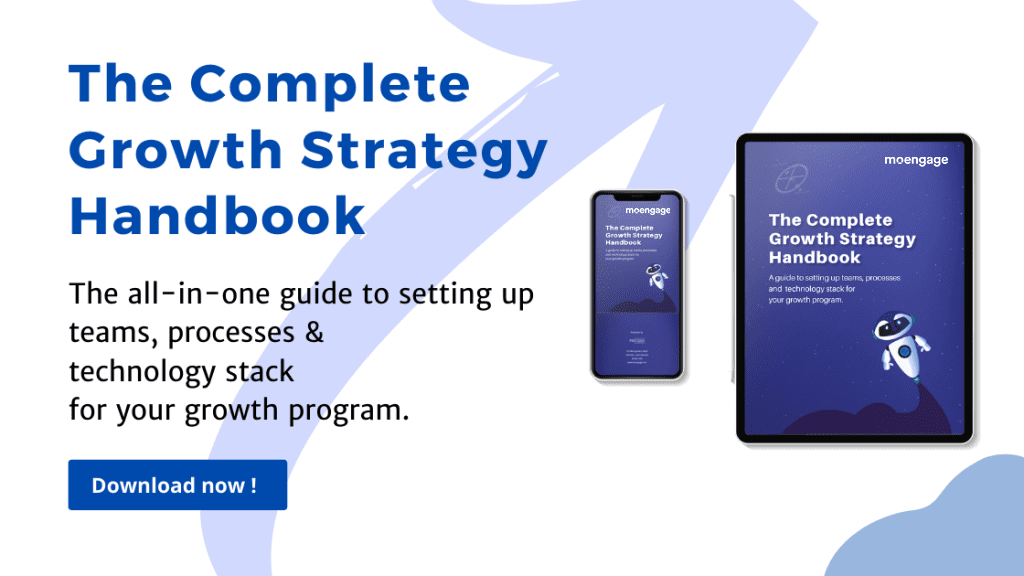
How your business will benefit from a growth team
We have seen how growth teams speed up decisions and optimize actions to help business grow quickly. That’s only the surface of deep-rooted advantages that organizations can derive from growth mindset teams. Here are some of them:
- Growth teams create a customer-centric mindset throughout the organization by constantly focusing on improving product experience.
- They allow businesses to deal with changing market conditions, and help offset any unforeseen losses.
- Being cross-functional in nature they make greater synchronization between various functions in the organization a habit.
- Growth teams make organizations nimble because they enhance their ability to test various solutions, verify effectiveness and gauge potential quickly.
- Finally, they help organizations to react instantly to changing customer responses and enhance customer experiences.
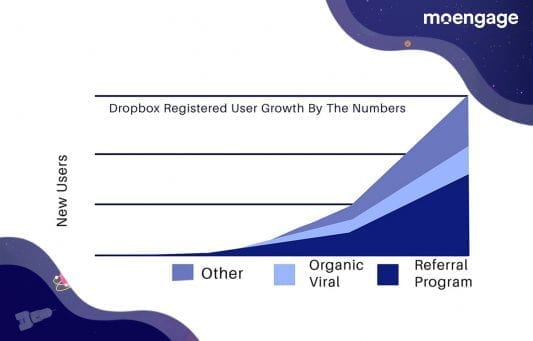
A great example of the benefits of having such teams is Dropbox, which saw its user base increase from 100k to an astronomical 4 million users, within the space of a year in 2009. By using growth techniques and constantly focusing on product feedback, Dropbox created a revolutionary referral program, which led to high product success.
When utilized effectively, growth teams can be versatile and high-impact assets for businesses no matter what stage they are in. In the next blog, we will learn how to build the foundations of such a team.
Like what you read? Here’s what you should do next:
|













